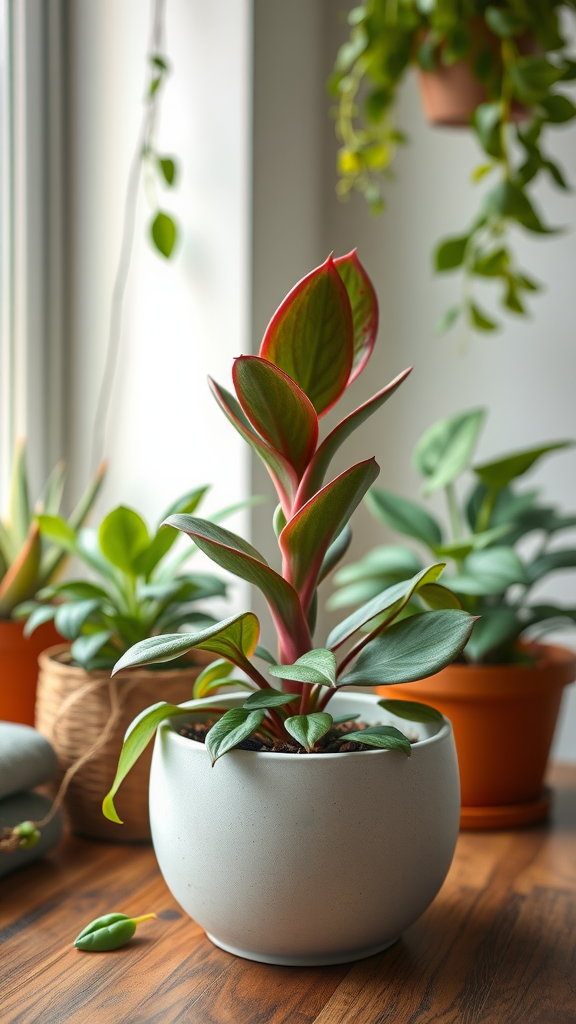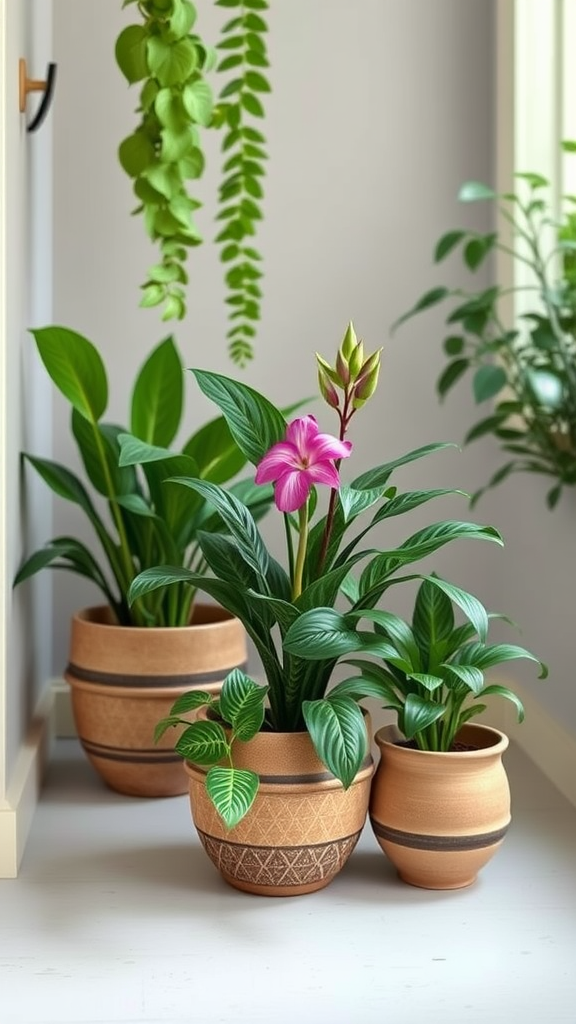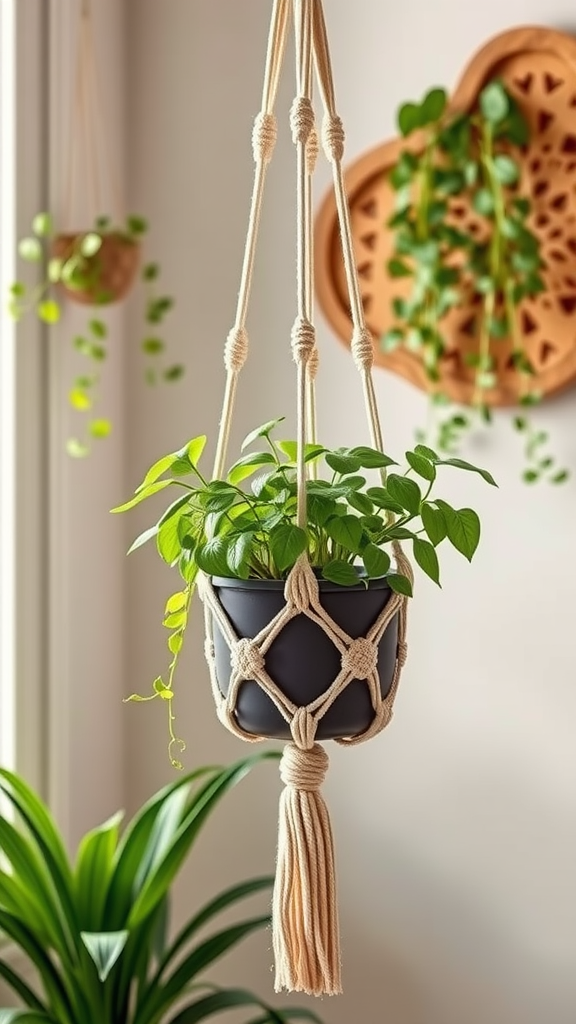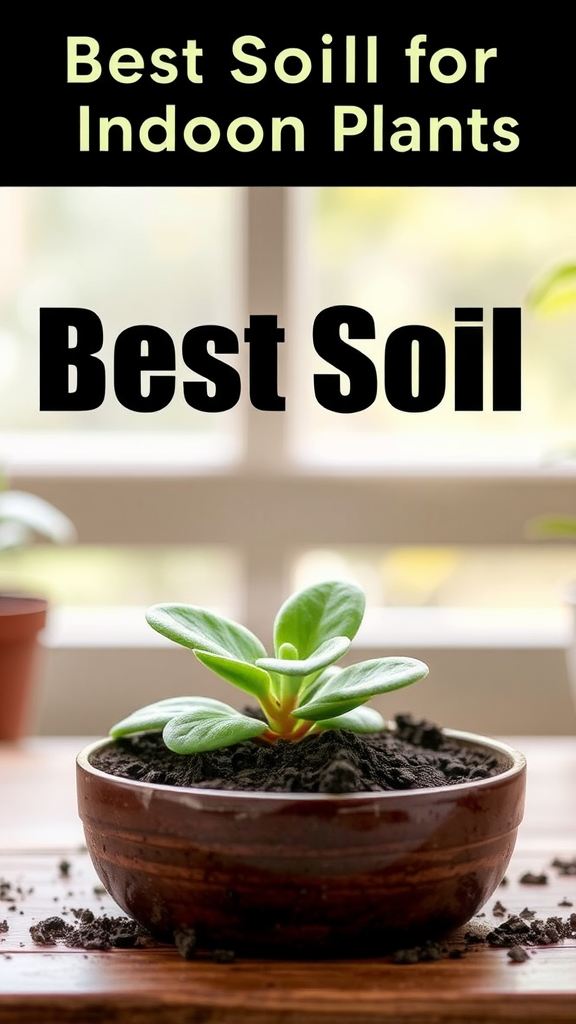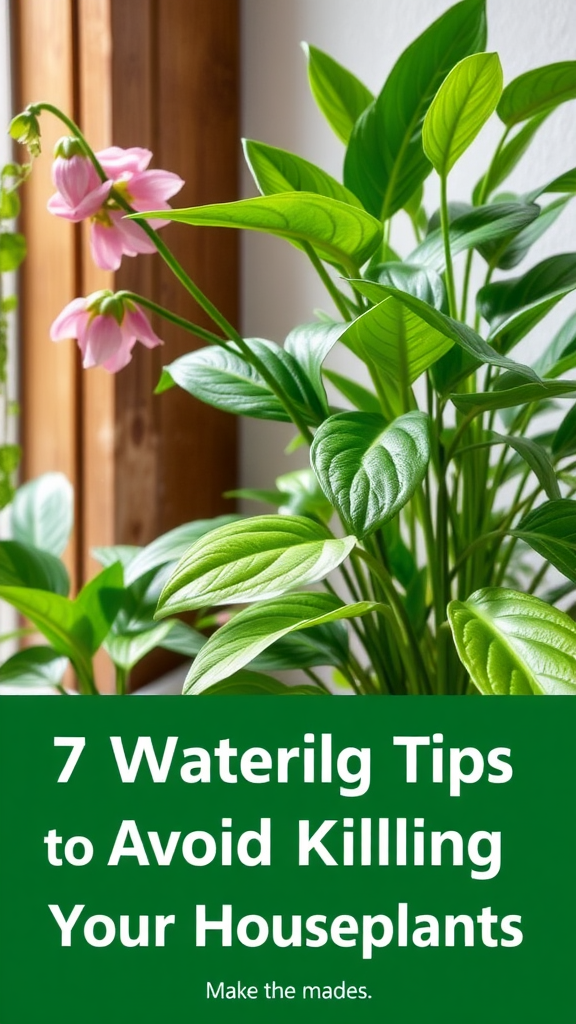Effective Methods for Propagating Your Favorite Houseplants
When it comes to houseplants, there’s something special about watching them grow and thrive. One way to expand your indoor garden is by propagating your favorite plants at home. This process is not only rewarding but also easy to do. Here’s how you can get started with effective methods for propagating your houseplants.
Understanding Propagation
Propagation is the process of creating new plants from existing ones. You can achieve this through several methods, including cuttings, division, and layering. Each method works best for certain plants. Let’s explore these techniques further.
Method 1: Stem Cuttings
Stem cuttings are one of the simplest and most popular methods. Many houseplants, such as pothos, spider plants, and succulents, thrive with this technique.
Follow these steps for successful stem cuttings:
- Choose a Healthy Plant: Look for a plant that is healthy and disease-free.
- Cut the Stem: Using clean, sharp scissors or a knife, cut a stem just below a node (the bump on the stem where leaves grow). A cutting of 4-6 inches is usually sufficient.
- Remove Lower Leaves: Trim off any leaves on the lower part of the cutting to prevent rot.
- Place in Water or Soil: You can either place the cutting in a glass of water or directly in the soil. If you use water, change it every few days to keep it fresh.
- Wait for Roots: It may take a few weeks for roots to develop. Once you see roots that are a few inches long, it’s time to plant them in soil.
Method 2: Leaf Cuttings
Leaf cuttings are another effective way to propagate certain types of plants, such as succulents or African violets. Here’s how to do it:
- Select a Leaf: Choose a healthy leaf and cut it with a sharp instrument.
- Let it Callus: Allow the cut leaf to sit in a dry place for a day or two to callus over. This helps prevent rot.
- Plant in Soil: Place the leaf in a small pot filled with well-draining soil, either standing upright or laying flat, depending on the type of plant.
- Water Sparingly: Mist the soil lightly and keep it moist but not soggy. Over-watering can lead to rot.
Method 3: Division
For plants that produce multiple stems or crowns, like spider plants and peace lilies, division is a great option. Here’s how to divide your houseplants:
- Remove the Plant from its Pot: Gently take the plant out of its pot, taking care not to damage the roots.
- Separate the Roots: Use your hands or a knife to divide the root ball into smaller sections. Ensure that each section has enough roots and leaves to survive.
- Replant: Place the divisions into new pots with fresh potting soil. Water them thoroughly.
Method 4: Layering
Layering is a method best suited for plants with long, trailing stems like golden pothos. Here’s how to layer your plants:
- Choose a Healthy Stem: Select a healthy stem to propagate.
- Bend the Stem: Gently bend the stem toward the soil, making sure to leave the tip exposed above the soil.
- Anchor the Stem: Use a small rock or pin to secure the stem in place against the soil.
- Wait for Roots: Keep the soil moist and wait for the section of stem buried in the soil to develop roots. This can take several weeks.
Tips for Successful Propagation
- Use Clean Tools: Always use clean scissors or knives to prevent disease.
- Provide Proper Light: Ensure your cuttings have indirect sunlight to encourage growth.
- Patience is Key: Some plants take longer to root than others, so be patient!
With these effective methods, you can easily propagate your favorite houseplants and fill your home with lush greenery. Whether you choose stem cuttings, leaf cuttings, division, or layering, you’ll enjoy the rewarding experience of watching your plants thrive. Happy propagating!
Common Mistakes to Avoid When Propagating Houseplants
Propagating houseplants can be a rewarding experience, allowing you to multiply your favorite greens and share them with friends. However, beginners often stumble upon various pitfalls. Understanding what to avoid can lead to healthier plants and a more successful propagation journey. Here are some common mistakes to steer clear of while propagating your beloved houseplants.
Using Unsuitable Tools and Supplies
One of the first mistakes is failing to use the right tools. Dull scissors or dirty pots can hinder your plant’s growth. Always ensure your tools are clean and sharp to make clean cuts. This helps minimize damage to the plant and reduces the risk of disease. Additionally, using containers without drainage holes can lead to waterlogging, which is detrimental to new roots.
Choosing the Wrong Time
Timing can significantly affect the success of your propagation. Many plants have specific growth cycles. For instance, spring is often the best time to propagate because plants are in active growth. Avoid propagating during dormant seasons, such as winter, as the plants may not have the energy to support new growth.
Ignoring the Dewatering Process
After cutting a stem for propagation, letting it dry for some time is essential. This process, called healing, helps the cut end form a protective callous, which reduces the chance of rot. Skipping this step can lead to the stem sitting in water and developing mold or rot. Allow at least a few hours, up to a day, for good healing.
Overwatering or Underwatering
Watering is a crucial part of plant care, and it’s especially vital during propagation. However, overwatering is a common mistake. Newly propagated cuttings don’t need much water because they lack established roots. Use a spray bottle to mist cuttings lightly or keep the soil barely moist. On the other hand, underwatering can also be detrimental, so monitor the moisture level closely.
Neglecting Light Conditions
After propagation, plants still need the right amount of light. Placing propagated cuttings in direct sunlight can scorch tender leaves. Instead, opt for bright, indirect light. This will encourage steady growth without overwhelming the young plants. If you notice the cutting stretching towards the light, it might need a bit more indirect light.
Not Considering Humidity
Humidity plays a vital role in propagating houseplants, especially for tropical varieties. Neglecting humidity levels can result in wilting or stunted growth. Use a humidity dome or place the cuttings in a location with higher humidity to help retain moisture. Alternatively, you can group your plants to create a mini ecosystem which can enhance humidity around them.
Ignoring Pests and Diseases
Even as cuttings, new plants can attract pests and diseases. Inspect the mother plant before taking cuttings and ensure they are healthy. After propagation, keep an eye on your new plants. Look for signs of pest infestations like tiny spots or webs. Early detection can save your cuttings before issues escalate.
Rushing the Process
Patience is a virtue in plant propagation. Rushing the rooting process or transplanting too soon can shock the plant and hinder growth. Most cuttings take several weeks to develop roots. Be attentive yet patient, allowing nature to take its course. Regularly check for root development without disturbing the cutting too much.
Not Tracking Progress
Failing to track your progress can lead to oversights. Keep notes on when you propagated each plant, the methods used, and how they responded. This practice helps you learn for next time and refine your techniques. You’ll be able to identify what works best for each type of plant and avoid previous mistakes.
By avoiding these common pitfalls, you can improve your chances of successfully propagating houseplants. Remember that practice makes perfect. The more you propagate, the more proficient you’ll become. Happy planting!
Conclusion
Successfully propagating your favorite houseplants can be a rewarding journey that allows you to expand your indoor jungle while saving money. With effective methods like stem cuttings, division, and leaf propagation, you can easily multiply your green companions. Each technique has its own nuances, so choose the one that best fits the type of plant you are working with. Remember to monitor light, moisture, and temperature, as these elements are crucial for the healthy growth of newborn plants.
However, avoiding common pitfalls can make all the difference. Many novice plant parents overlook essential factors, such as using the correct potting mix, ensuring proper drainage, and maintaining adequate humidity levels. Being too impatient can also lead to failure; remember that propagation takes time. It’s essential to give your cuttings or divisions the attention and care they deserve, without rushing the process.
By combining the right propagation techniques with awareness of potential mistakes, you can nurture your plants with confidence. As you practice your skills, keep a journal of your experiences to learn what works best in your own home environment. Soon, you’ll find yourself with a thriving collection of propagated houseplants, not to mention a deeper appreciation for the beauty of nature. So roll up your sleeves, gather your supplies, and dive into the exciting world of houseplant propagation!

